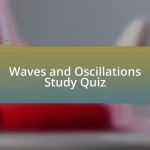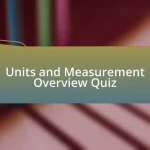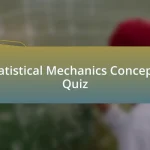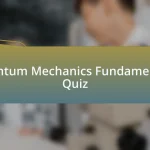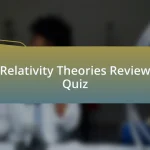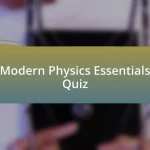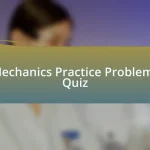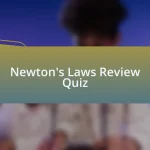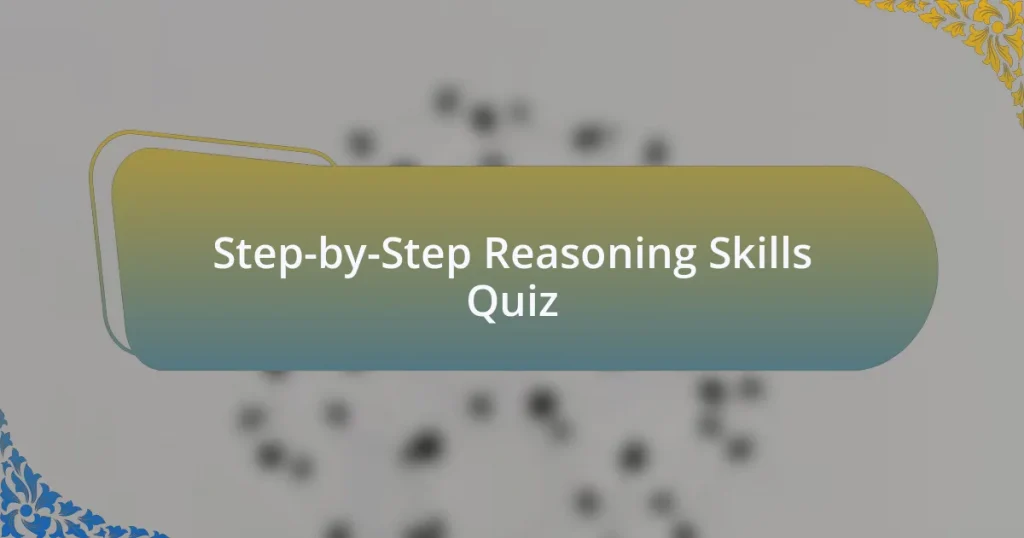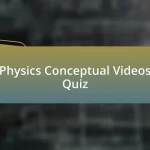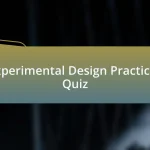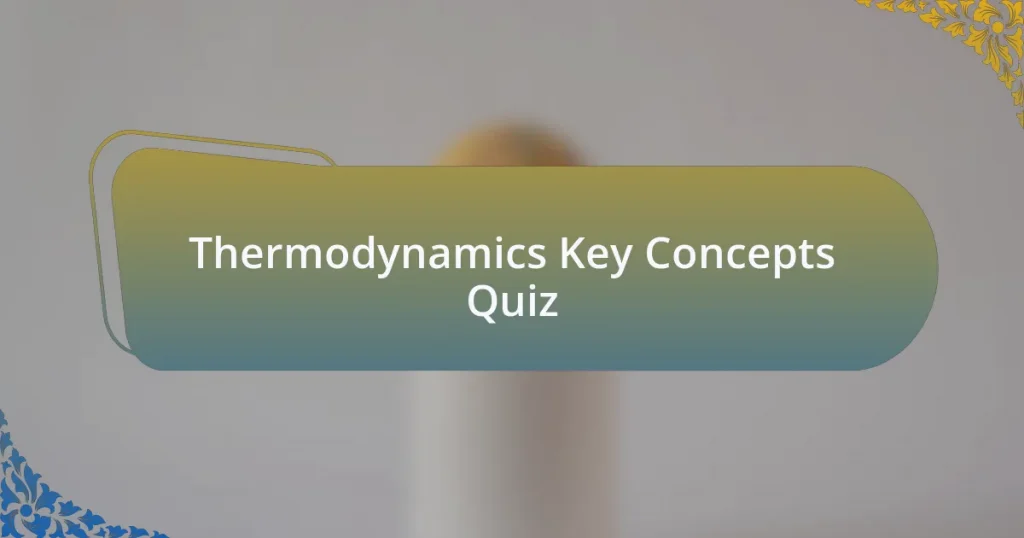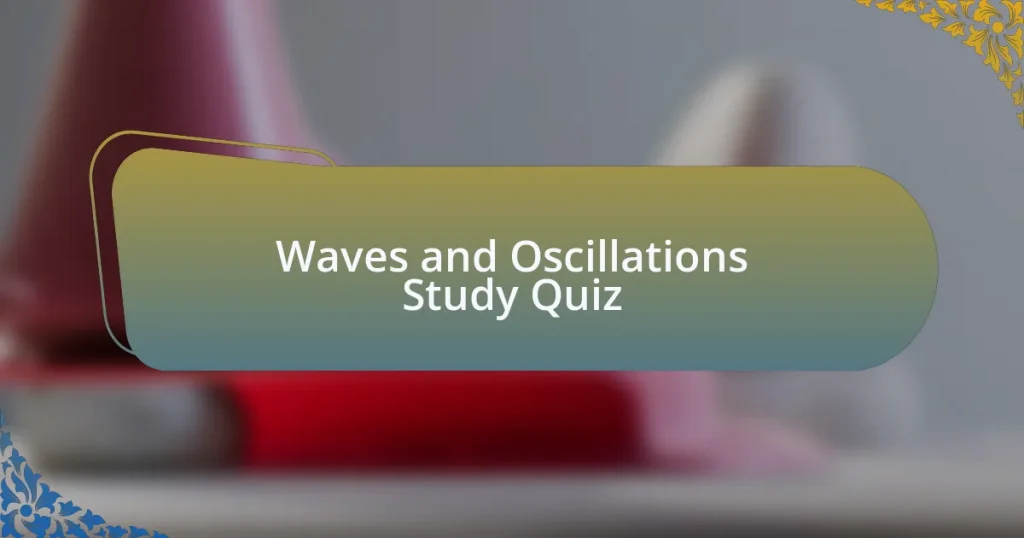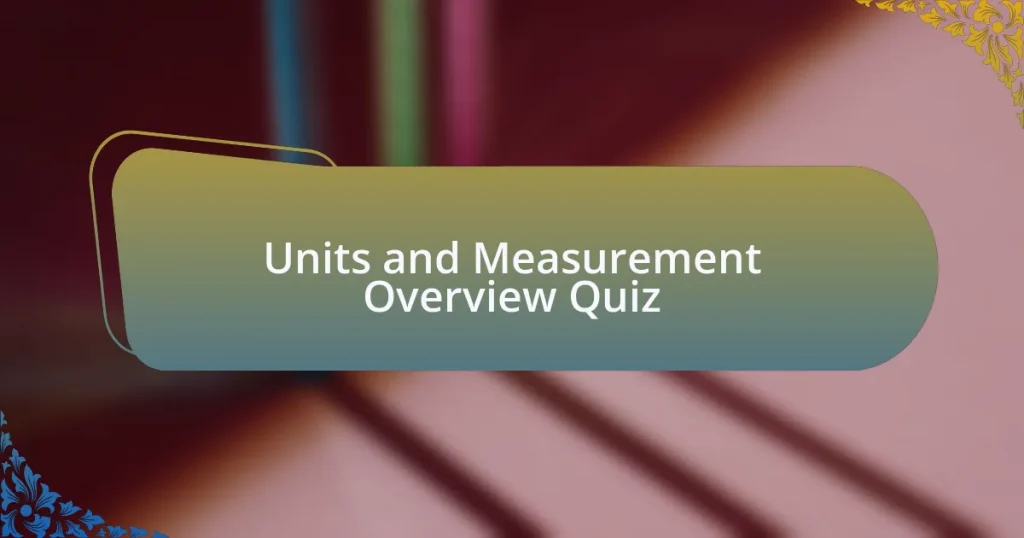Start of Step-by-Step Reasoning Skills Quiz
1. If all energy is conserved in a closed system, can energy ever be created or destroyed?
- No
- Sometimes
- Only in special conditions
- Yes
2. In Newton`s first law, what does it mean for an object to remain in a state of rest or uniform motion?
- An object will always move unless it is stopped by a force.
- An object will not change its state unless acted upon by a net external force.
- An object will remain in motion only when it is thrown.
- An object in motion will always speed up without a force.
3. When an object falls freely under gravity, which force acts upon it?
- Electromagnetism
- Friction
- Gravity
- Tension
4. If an object has a mass of 10 kg and is accelerating at 2 m/s², what is the net force acting on it?
- 50 N
- 20 N
- 30 N
- 5 N
5. What principle explains why a lighter object falls slower than a heavier object if air resistance is considered?
- Gravitational pull
- Kinetic energy
- Air resistance
- Newton`s first law
6. If the wavelength of a wave increases, what happens to its frequency?
- The frequency remains constant.
- The frequency doubles.
- The frequency increases.
- The frequency decreases.
7. In a circuit, what is the relationship between voltage, current, and resistance as defined by Ohm`s Law?
- Current equals voltage times resistance (I = VR)
- Voltage equals current times resistance (V = IR)
- Voltage equals resistance divided by current (V = R/I)
- Resistance equals current divided by voltage (R = I/V)
8. How can you determine the speed of an object if you know the distance it traveled and the time taken?
- Speed = Distance – Time
- Speed = Distance + Time
- Speed = Distance / Time
- Speed = Time / Distance
9. What happens to the pressure of a gas if its volume is doubled while keeping the temperature constant?
- The pressure is doubled.
- The pressure remains the same.
- The pressure is quadrupled.
- The pressure is halved.
10. How does changing the angle of a ramp affect the acceleration of an object sliding down it?
- The acceleration remains constant regardless of the angle.
- The acceleration is independent of the ramp angle.
- The acceleration increases as the angle becomes steeper.
- The acceleration decreases as the angle becomes steeper.
11. If two identical waves interfere constructively, what is the effect on the amplitude?
- The amplitude will halve.
- The amplitude will quadruple.
- The amplitude will double.
- The amplitude will stay the same.
12. How does the law of conservation of momentum apply to collisions in closed systems?
- The total speed before a collision equals the total speed after the collision in closed systems.
- The total momentum before a collision equals the total momentum after the collision in closed systems.
- The total mass before a collision equals the total mass after the collision in closed systems.
- The total energy before a collision equals the total energy after the collision in closed systems.
13. If a car travels at a constant speed, how does its kinetic energy change if its mass is increased?
- The kinetic energy increases.
- The kinetic energy remains constant.
- The kinetic energy becomes zero.
- The kinetic energy decreases.
14. What is the effect of increased temperature on the kinetic energy of gas particles?
- The kinetic energy of gas particles decreases.
- The kinetic energy of gas particles increases.
- The kinetic energy of gas particles becomes negligible.
- The kinetic energy of gas particles stays the same.
15. In terms of energy transformation, what happens when potential energy is converted to kinetic energy?
- Kinetic energy is converted to thermal energy instead.
- Potential energy decreases without any effect on kinetic energy.
- Kinetic energy increases as potential energy decreases.
- Kinetic energy remains constant during the transformation.
16. How can you calculate work done when a force is applied to move an object over a distance?
- Distance = Work ÷ Force
- Work = Force + Distance
- Work = Force × Distance
- Force = Work ÷ Distance
17. What does it mean for two objects to be in thermal equilibrium?
- It means the objects are at the same temperature.
- It means the objects are at different temperatures.
- It means the objects are in motion.
- It means the objects are touching each other.
18. When light refracts as it passes from air into water, what happens to its speed?
- The speed of light decreases.
- The speed of light remains constant.
- The speed of light increases.
- The speed of light stops.
19. How does the mass of an object affect its gravitational attraction to another object?
- The gravitational attraction increases with the mass of the object.
- The gravitational attraction is independent of the mass of the object.
- The gravitational attraction only depends on the distance between objects.
- The gravitational attraction decreases with the mass of the object.
20. What is the difference between scalar and vector quantities in physics?
- Scalar quantities have direction, while vector quantities have only magnitude.
- Scalar quantities are always larger than vector quantities.
- Scalar quantities can be negative, while vector quantities cannot be negative.
- Scalar quantities have magnitude only, while vector quantities have both magnitude and direction.
21. How do you calculate the total mechanical energy of an object in motion?
- Total mechanical energy is calculated by the speed of light squared.
- Total mechanical energy is equal to mass times volume.
- Total mechanical energy is the sum of potential and kinetic energy.
- Total mechanical energy is found by dividing mass by acceleration.
22. What occurs when the frequency of a wave increases but the speed remains constant?
- Wave energy decreases
- Wave speed increases
- Wavelength decreases
- Amplitude decreases
23. How does inertia relate to mass in the context of Newton`s first law?
- Inertia depends on speed.
- Inertia is constant regardless of mass.
- Inertia decreases with motion.
- Inertia is proportional to mass.
24. If sound travels faster in water than in air, what can be concluded about its properties?
- Sound has a higher speed in denser mediums.
- Water absorbs sound completely.
- Sound travels faster in gases than in liquids.
- Sound cannot travel in water.
25. What is the significance of the acceleration due to gravity, and how does it vary with altitude?
- The acceleration due to gravity varies randomly at different altitudes.
- The acceleration due to gravity is constant at all altitudes.
- The acceleration due to gravity decreases with increasing altitude.
- The acceleration due to gravity increases with altitude.
26. In a pendulum, what form of energy is greatest at the highest point of the swing?
- Kinetic Energy
- Mechanical Energy
- Potential Energy
- Thermal Energy
27. How do magnetic fields interact with electric currents in terms of force?
- Electric currents create magnetic fields but do not experience force.
- Magnetic fields only attract other magnetic fields, not currents.
- Magnetic fields do not affect electric currents at all.
- Magnetic fields exert a force on electric currents perpendicular to both the current direction and the magnetic field.
28. If a spring is compressed, what type of energy is stored in it?
- Thermal energy
- Kinetic energy
- Potential energy
- Light energy
29. How does atmospheric pressure affect the boiling point of water?
- Forces water to freeze instead
- Increases the boiling point at higher pressure
- Has no effect on the boiling point
- Decreases the boiling point at lower pressure
30. In terms of forces, what determines whether an object will move or remain stationary?
- The net force acting on the object
- The temperature of the object
- The color of the object
- The mass of the object
Congratulations! You’ve Completed the Quiz!
Thank you for participating in the quiz on Step-by-Step Reasoning Skills. We hope you found the process enjoyable and enlightening. As you navigated through the questions, you likely gained a clearer understanding of how breaking down problems step by step can enhance your approach, especially in the context of Physics. This method not only clarifies complex concepts but also builds your confidence in tackling challenging physics problems.
Throughout the quiz, you may have discovered strategies for analyzing problems more effectively. Emphasizing structured reasoning can lead to better retention of key principles and improved problem-solving performance. These skills are essential as you prepare for your physics tests, helping you assimilate information and apply it in different scenarios with ease.
We invite you to explore the next section on our page, dedicated to expanding your knowledge of Step-by-Step Reasoning Skills. This resource will delve deeper into techniques and examples that reinforce your learning. Whether you’re prepping for an exam or just looking to deepen your understanding, this section will prove invaluable on your journey to mastering physics. Happy studying!
Step-by-Step Reasoning Skills
Understanding Step-by-Step Reasoning Skills
Step-by-step reasoning skills involve breaking down complex problems into manageable parts. This systematic approach allows individuals to analyze each component effectively. In physics, these skills are critical for solving problems involving formulas and concepts. They facilitate a clearer understanding of principles, enabling one to draw logical conclusions from the given data.
The Role of Step-by-Step Reasoning in Physics
In physics, step-by-step reasoning enhances problem-solving capabilities. It provides a structured method to tackle physics questions, ranging from mechanics to electromagnetism. Each step leads to the next, ensuring no critical information is overlooked. This methodical approach ensures accuracy and increases the likelihood of arriving at the correct solution.
Techniques for Developing Step-by-Step Reasoning Skills in Physics
Several techniques can foster the development of step-by-step reasoning skills. Practice problems are essential; they encourage students to apply concepts methodically. Additionally, using diagrams and sketches helps visualize problems and their components. Peer discussions can also reinforce understanding and expose students to alternative approaches.
Common Challenges in Applying Step-by-Step Reasoning in Physics
Students often face challenges when applying step-by-step reasoning in physics. Misinterpretation of problem statements can lead to incorrect assumptions. Additionally, a lack of familiarity with certain concepts can hinder the breakdown of problems. Identifying these hurdles is crucial for effective preparation, as overcoming them strengthens reasoning skills.
Assessing Step-by-Step Reasoning Skills in Physics Tests
Physics tests often assess step-by-step reasoning skills through questions that require detailed responses. Test formats may include multiple-choice questions that emphasize logical deductions and open-ended problems that test the application of concepts. Evaluators look for the clarity of each step taken, revealing the depth of understanding and reasoning involved. This assessment aligns with core learning objectives in physics education.
What are Step-by-Step Reasoning Skills in Physics Test Preparation?
Step-by-Step Reasoning Skills in Physics Test Preparation refer to the ability to analyze problems systematically and logically by applying physics concepts. These skills enable students to break down complex physics problems into manageable parts. For instance, when solving mechanics problems, students can identify known and unknown quantities and apply relevant equations. Research shows that students who practice step-by-step reasoning perform better on physics assessments, as this method fosters deeper understanding and retention of concepts.
How can students develop Step-by-Step Reasoning Skills for Physics?
Students can develop Step-by-Step Reasoning Skills for Physics by practicing structured problem-solving techniques. This involves using a systematic approach, such as identifying the problem, listing known variables, and applying the appropriate physics principles. Regular practice through solving past exam papers and engaging in peer discussions further enhances these skills. Studies indicate that consistent practice in this manner leads to improved problem-solving accuracy in physics examinations.
Where can students find resources to improve their Step-by-Step Reasoning Skills in Physics?
Students can find resources to improve their Step-by-Step Reasoning Skills in Physics in various places, including educational websites, physics textbooks, and online courses. Websites like Khan Academy and Coursera offer structured courses with a focus on problem-solving. Additionally, many physics textbooks provide worked examples that illustrate step-by-step reasoning. According to data from educational platforms, these resources are effective for enhancing students’ understanding and application of physics concepts.
When should students begin practicing Step-by-Step Reasoning Skills for Physics tests?
Students should begin practicing Step-by-Step Reasoning Skills for Physics tests at least several months in advance of the exam date. Starting early allows ample time to familiarize themselves with different problem types and methodologies. Research indicates that early engagement in practice leads to more profound learning and better test outcomes. This preparation should include regular practice sessions that reinforce and build upon their understanding progressively.
Who benefits from Step-by-Step Reasoning Skills in Physics Test Preparation?
Both high school and college students benefit from Step-by-Step Reasoning Skills in Physics Test Preparation. These skills aid in understanding foundational concepts and prepare students for advanced topics in physics. Data from educational research shows that students who employ these reasoning skills tend to achieve higher grades and develop a more robust understanding of physical laws. This ability is essential not only for exams but also for future studies in science and engineering.

